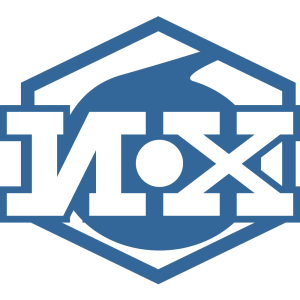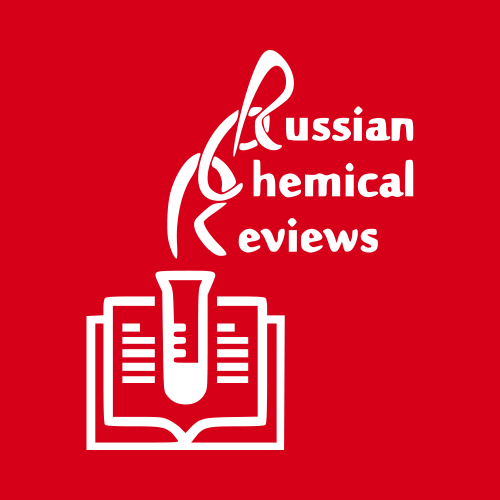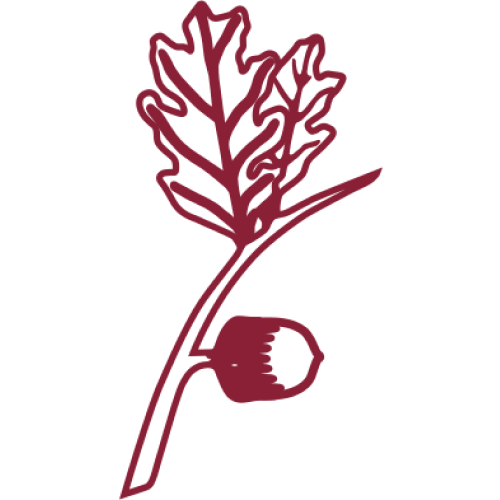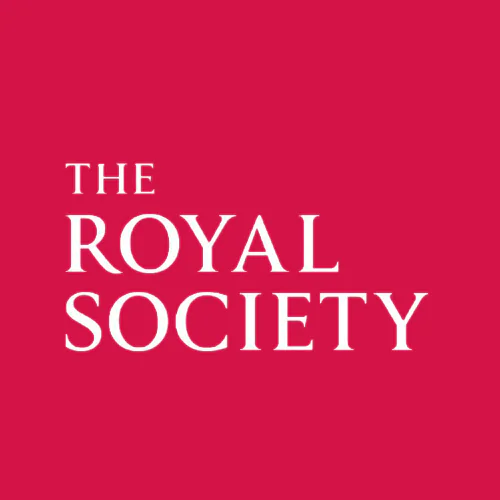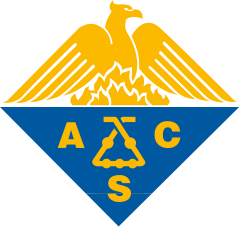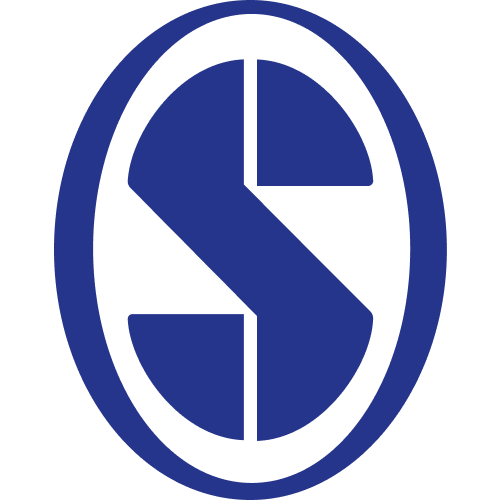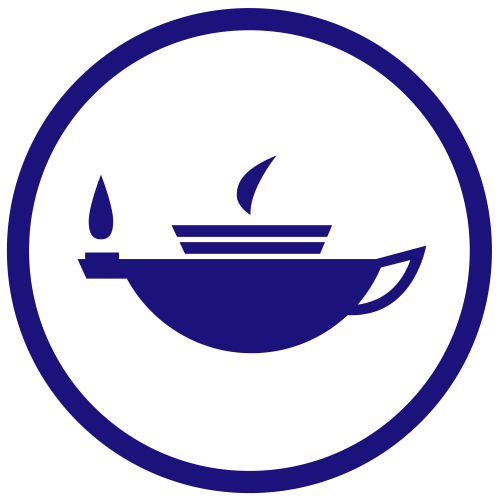A thermodynamic framework for additive manufacturing, using amorphous polymers, capable of predicting residual stress, warpage and shrinkage
Тип публикации: Journal Article
Дата публикации: 2021-02-01
scimago Q1
wos Q1
БС1
SJR: 1.488
CiteScore: 9.8
Impact factor: 5.7
ISSN: 00207225, 18792197
General Materials Science
Mechanical Engineering
General Engineering
Mechanics of Materials
Краткое описание
A thermodynamic framework has been developed for a class of amorphous polymers used in fused deposition modeling (FDM), in order to predict the residual stresses and the accompanying distortion of the geometry of the printed part (warping). When a polymeric melt is cooled, the inhomogeneous distribution of temperature causes spatially varying volumetric shrinkage resulting in the generation of residual stresses. Shrinkage is incorporated into the framework by introducing an isotropic volumetric expansion/contraction in the kinematics of the body. We show that the parameter for shrinkage also appears in the systematically derived rate-type constitutive relation for the stress. The solidification of the melt around the glass transition temperature is emulated by drastically increasing the viscosity of the melt. In order to illustrate the usefulness and efficacy of the derived constitutive relation, we consider four ribbons of polymeric melt stacked on each other such as those extruded using a flat nozzle: each layer laid instantaneously and allowed to cool for one second before another layer is laid on it. Each layer cools, shrinks and warps until a new layer is laid, at which time the heat from the newly laid layer flows and heats up the bottom layers. The residual stresses of the existing and newly laid layers readjust to satisfy equilibrium. Such mechanical and thermal interactions amongst layers result in a complex distribution of residual stresses. The plane strain approximation predicts nearly equibiaxial tensile stress conditions in the core region of the solidified part, implying that a pre-existing crack in that region is likely to propagate and cause failure of the part during service. The free-end of the interface between the first and the second layer is subjected to the largest magnitude of combined shear and tension in the plane with a propensity for delamination.
Найдено
Ничего не найдено, попробуйте изменить настройки фильтра.
Найдено
Ничего не найдено, попробуйте изменить настройки фильтра.
Топ-30
Журналы
|
1
2
3
4
5
|
|
|
International Journal of Engineering Science
5 публикаций, 10.87%
|
|
|
Applications in Engineering Science
4 публикации, 8.7%
|
|
|
Polymers
2 публикации, 4.35%
|
|
|
Journal of Manufacturing Processes
2 публикации, 4.35%
|
|
|
International Journal of Advanced Manufacturing Technology
2 публикации, 4.35%
|
|
|
Russian Chemical Reviews
2 публикации, 4.35%
|
|
|
3D Printing and Additive Manufacturing
1 публикация, 2.17%
|
|
|
Proceedings of the Royal Society A: Mathematical, Physical and Engineering Sciences
1 публикация, 2.17%
|
|
|
Symmetry
1 публикация, 2.17%
|
|
|
Procedia Computer Science
1 публикация, 2.17%
|
|
|
European Journal of Mechanics, A/Solids
1 публикация, 2.17%
|
|
|
International Journal of Plasticity
1 публикация, 2.17%
|
|
|
Composites Part C Open Access
1 публикация, 2.17%
|
|
|
Additive Manufacturing
1 публикация, 2.17%
|
|
|
Macromolecular Theory and Simulations
1 публикация, 2.17%
|
|
|
Optics and Lasers in Engineering
1 публикация, 2.17%
|
|
|
Analytical Chemistry
1 публикация, 2.17%
|
|
|
International Journal of Heat and Mass Transfer
1 публикация, 2.17%
|
|
|
Journal of Materials Engineering and Performance
1 публикация, 2.17%
|
|
|
Chinese Journal of Mechanical Engineering Additive Manufacturing Frontiers
1 публикация, 2.17%
|
|
|
Proceedings of the Institution of Mechanical Engineers, Part C: Journal of Mechanical Engineering Science
1 публикация, 2.17%
|
|
|
Proceedings of the Institution of Mechanical Engineers, Part L: Journal of Materials: Design and Applications
1 публикация, 2.17%
|
|
|
Applied Sciences (Switzerland)
1 публикация, 2.17%
|
|
|
Applied Composite Materials
1 публикация, 2.17%
|
|
|
Forces in Mechanics
1 публикация, 2.17%
|
|
|
IISE Transactions
1 публикация, 2.17%
|
|
|
Virtual and Physical Prototyping
1 публикация, 2.17%
|
|
|
Composites Communications
1 публикация, 2.17%
|
|
|
Lecture Notes in Mechanical Engineering
1 публикация, 2.17%
|
|
|
1
2
3
4
5
|
Издатели
|
5
10
15
20
25
|
|
|
Elsevier
24 публикации, 52.17%
|
|
|
Springer Nature
5 публикаций, 10.87%
|
|
|
MDPI
4 публикации, 8.7%
|
|
|
Wiley
3 публикации, 6.52%
|
|
|
Autonomous Non-profit Organization Editorial Board of the journal Uspekhi Khimii
2 публикации, 4.35%
|
|
|
SAGE
2 публикации, 4.35%
|
|
|
Taylor & Francis
2 публикации, 4.35%
|
|
|
Mary Ann Liebert
1 публикация, 2.17%
|
|
|
The Royal Society
1 публикация, 2.17%
|
|
|
American Chemical Society (ACS)
1 публикация, 2.17%
|
|
|
5
10
15
20
25
|
- Мы не учитываем публикации, у которых нет DOI.
- Статистика публикаций обновляется еженедельно.
Вы ученый?
Создайте профиль, чтобы получать персональные рекомендации коллег, конференций и новых статей.
Метрики
46
Всего цитирований:
46
Цитирований c 2024:
19
(41.31%)
Цитировать
ГОСТ |
RIS |
BibTex
Цитировать
ГОСТ
Скопировать
Sreejith P., Kannan K., Rajagopal K. R. A thermodynamic framework for additive manufacturing, using amorphous polymers, capable of predicting residual stress, warpage and shrinkage // International Journal of Engineering Science. 2021. Vol. 159. p. 103412.
ГОСТ со всеми авторами (до 50)
Скопировать
Sreejith P., Kannan K., Rajagopal K. R. A thermodynamic framework for additive manufacturing, using amorphous polymers, capable of predicting residual stress, warpage and shrinkage // International Journal of Engineering Science. 2021. Vol. 159. p. 103412.
Цитировать
RIS
Скопировать
TY - JOUR
DO - 10.1016/j.ijengsci.2020.103412
UR - https://doi.org/10.1016/j.ijengsci.2020.103412
TI - A thermodynamic framework for additive manufacturing, using amorphous polymers, capable of predicting residual stress, warpage and shrinkage
T2 - International Journal of Engineering Science
AU - Sreejith, P.
AU - Kannan, K.
AU - Rajagopal, K. R.
PY - 2021
DA - 2021/02/01
PB - Elsevier
SP - 103412
VL - 159
SN - 0020-7225
SN - 1879-2197
ER -
Цитировать
BibTex (до 50 авторов)
Скопировать
@article{2021_Sreejith,
author = {P. Sreejith and K. Kannan and K. R. Rajagopal},
title = {A thermodynamic framework for additive manufacturing, using amorphous polymers, capable of predicting residual stress, warpage and shrinkage},
journal = {International Journal of Engineering Science},
year = {2021},
volume = {159},
publisher = {Elsevier},
month = {feb},
url = {https://doi.org/10.1016/j.ijengsci.2020.103412},
pages = {103412},
doi = {10.1016/j.ijengsci.2020.103412}
}


